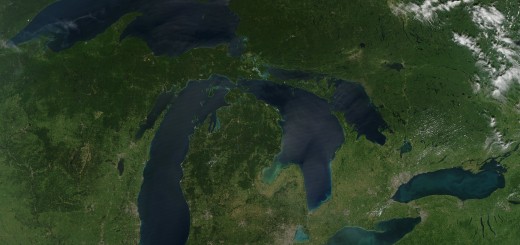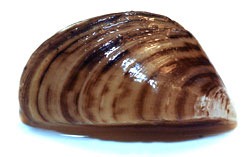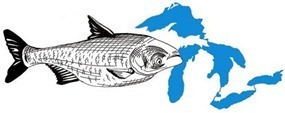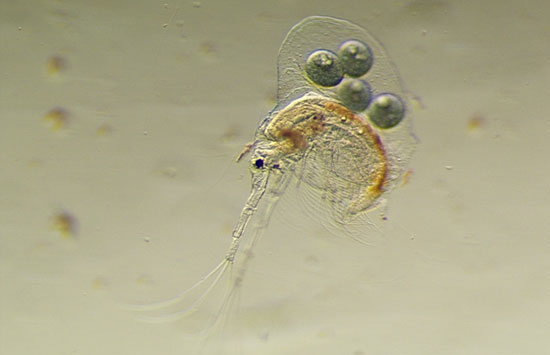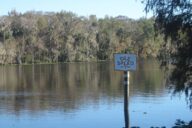Invasive species threaten native eels in New Zealand’s Lake Wairarapa
0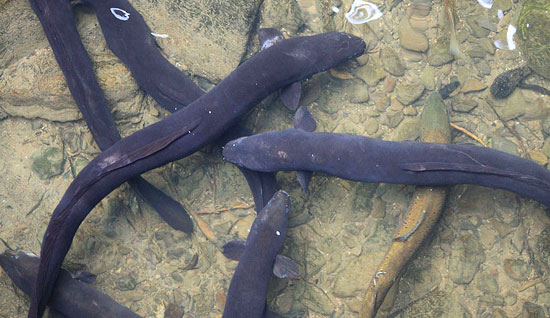
A group of longfin eels.
The longfin eels and other freshwater fish in New Zealand’s Lake Wairarapa are being forced to compete for resources with non-native fish, and the results have been detrimental. According to the Aratoi Wairarapa Museum of Art and History website, the eels serve as an important gauge of water well-being, and their shrinking population is cause for concern. Due to increasingly limited sources, the eel population is on the decline. A public meeting was recently held in Wairarapa at the Aratoi Wairarapa Museum to address the issue.
Alton Perrie, freshwater scientist at the Greater Wellington Regional Council, and local historian Joseph Pontangaroa participated in the second half of a two-part panel dialogue called “Wairarapa Moana: A Lake in Crisis.”
Perrie said protective measures are in place and help, but indigenous fish still suffer from the presence of invasives. The invasive fish, he said, are either eating all the food or are eating the native fish. The invasive fish feeding habits add to the decrease of water clarity and damage the habitat for aquatic creatures and plants, according to the GWRC.
Pontangaroa said the Lake Wairarapa eels have been in New Zealand for 80 million years and, in addition to invasive freshwater fish, have been threatened by industry, fishing, and being exterminated as pests. Other threats include overfishing, habitat destruction, and harmful refuse dumping. According to Wairarapa Times-Age, the eels have a long lifespan and breed toward the end of it. Pontangaroa said a number of females don’t spawn until they are almost 80.
“…Since the mid-1800s, [the longfin eel] has been so undervalued that if we do not start to appreciate this fascinating fish, it may soon be extinct,” Pontangaroa said. The Aratoi Wairarapa Museum has three live eels on display, and schools have decorated faux wood eels to showcase as part of the exhibit. The museum will offer free events supporting lake and eel education for the rest of the month.
Invasive species in the lake, according to the GWRC, include the brown bullhead catfish, gambusia, goldfish, koi carp, tench, and rudd. The council identifies a number of the fish invaders as pet species that have been released into the wild. Individuals with unwanted pets are encouraged to contact Fish and Game New Zealand, the SPCA, or GWRC. Additionally, if there is suspicion of non-indigenous fish infestation, people should contact the GWRC.
Introduced species invade other habitats as a result of human intervention. Nature Serve, a U.S. non-profit nature protection organization, provides ways for individuals to combat the invaders’ expansion. The cheapest and best way to hinder invader expansion is to stop the introduction of new non-native species, according to the Nature Serve website. Detecting invasion early and responding quickly is also important, as is population control of the alien species. Finally, rebuilding the natural habitat must take place to ensure full recovery for the habitat and its residents.
Plight of Wairarapa eels explored in free public event [New Zealand News Online] Gambusia (formerly known as mosquito fish) [New Zealand Department of Conservation] Conservation Issues [Nature Serve]
Image Credit: http://www.virtualoceania.net/newzealand/photos/fauna/eel/nz1456.shtml




